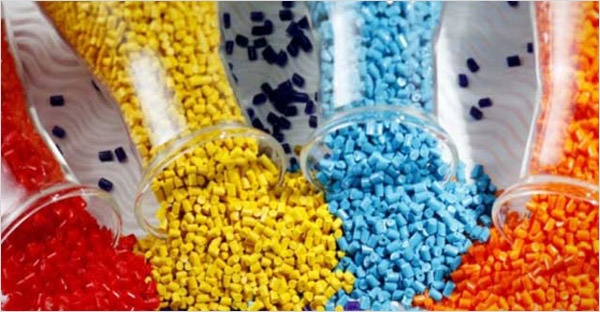What is Melt-Flow Index Test?
Among the plastic manufacturers and extruders, melt flow index test is the primary step which is considered once they outfit their laboratories. The testing procedure is widely used to measure the Melt flow rate or melt volume rate of the thermoplastic compounds and resins. This test is performed at the very beginning to ascertain the quality of the plastics. With the increased pressure on plastic manufacturers to follow the standards for quality management, most of them are relying on high-quality testing machines to ascertain the properties of the materials that they are receiving from different vendors.
The two main standards that are introduced by regulatory bodies are ASTM D1238 and ISO 1133. These standards are followed by all the manufacturers to manufacture high-end testing machine. The test standards explain the viscosity rate of the polymers under set working conditions. Although the simplicity of the test remains same, the manufacturers are making certain changes in the working procedures according to the requirement of the users such as from digital to automated machines and from automated to computerized user-friendly machines that offer precise results with a better rate of repeatability.
How does Melt Indexers Work?
The melt flow index testers also known as melt indexers comprises a cylindrical vessel with a heating barrel in it along with the piston assembly in which samples are placed and poked to remove the air gap. A specific amount of load is applied to the piston assembly and treated at a specific temperature. This lets the melted polymers comes out from the capillary die of a specific dimension.
What Properties can be determined with Melt Flow Testers?
- Weight of resins in grams that came out in 10 minutes (also known as Melt flow Rate which is expressed in grams per 10 minutes).
- Helps to calculate the shear stress, shear rate, viscosity, etc.
Which Property is Actually Measured with Melt Flow Test?
The basic property which is measured by performing Melt Flow Index Test is Melt Viscosity rate which is pertinent at particular shear stress according to applied load and temperature. The chain of melted polymers of short length that passed on one by one explains little flow resistance of polymers whereas the long chains of melted polymers with high molecular weight explains the complex structure and shows greater viscosity rate.
Correlation of MFR with other Properties
Melt Flow Rate indicates the average molecular weight of the plastic granules and inversely related to it. Granules with a melt flow rate of 50 grams per 10 minutes show lower molecular strength when compared to Melt Flow rate of 10grams per 10 minutes. The high rate of MFR can be processed easily and other physical properties that can be explained by melt flow rate is impact resistance strength.
How to Control the MFR of Granules?
MFR is a commonly used property by the manufacturers in order to compare the quality of the resins that they get from different vendors. This test not only helps to determine the variation in polymers but also a valuable indicator of the resin degradation that usually caused at the time of storage conditions or transportation.
Difference Between: Melt Flow Test as Per ASTM 1238 and ISO1133
ISO 1133 and ASTM 1238 standard test method sounds equivalent, but there are some minor differences that different manufacturers follows to manufacture high-quality of melt flow index tester. The test which is performed from both the standards is different which provides different test results as well. Some of the differences are mentioned below:
· Difference in Load Ranges
The load (weight) ranges from 1.2 kg to 21.6 kg to measure the materials with low viscosity rate and high viscosity rate. The temperature and load are determined according to the standard conditions.
· Automated Cutters
Manufacturers of melt flow index testers make use of automatic timers in their machines to cut the extrudate after a set period of time. This process helps to minimize the time of manual cutting. With the manual cutters, it becomes sometimes difficult to cut the sticky samples.
Presto Stantest, one of the leading manufacturers of plastic testing machines, offers a wide range of testing devices to measure the different properties of plastics such as Melt Flow Index Tester. The testing machines offered by Presto are designed on the basis of standards ASTM 1238 and ISO 1133 with customized specifications to fulfill the requirements of a large number of customers at a time.
